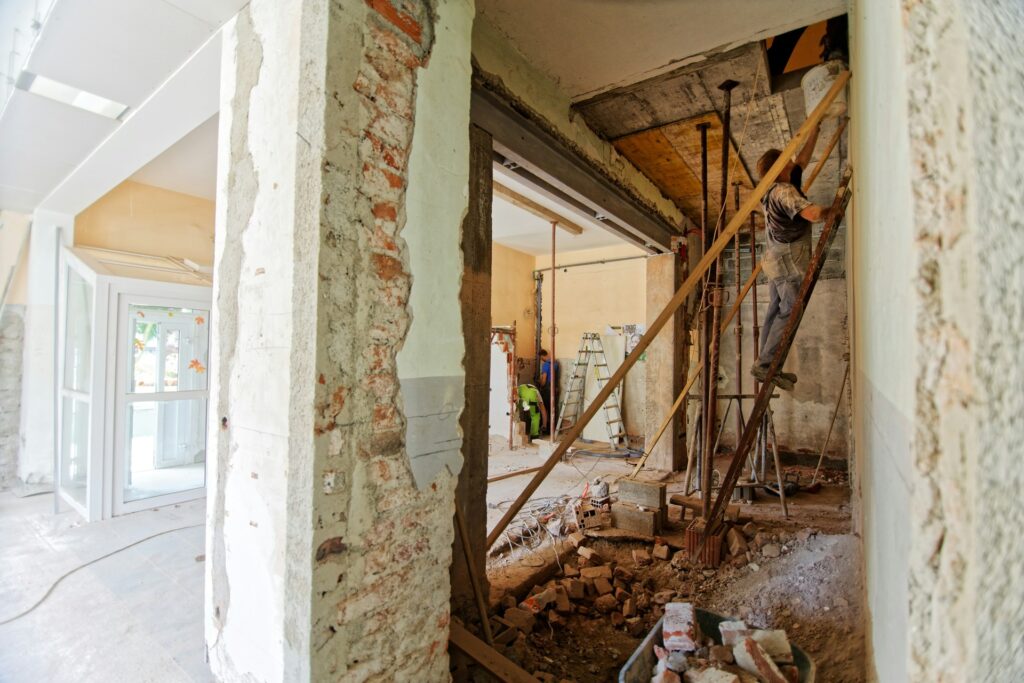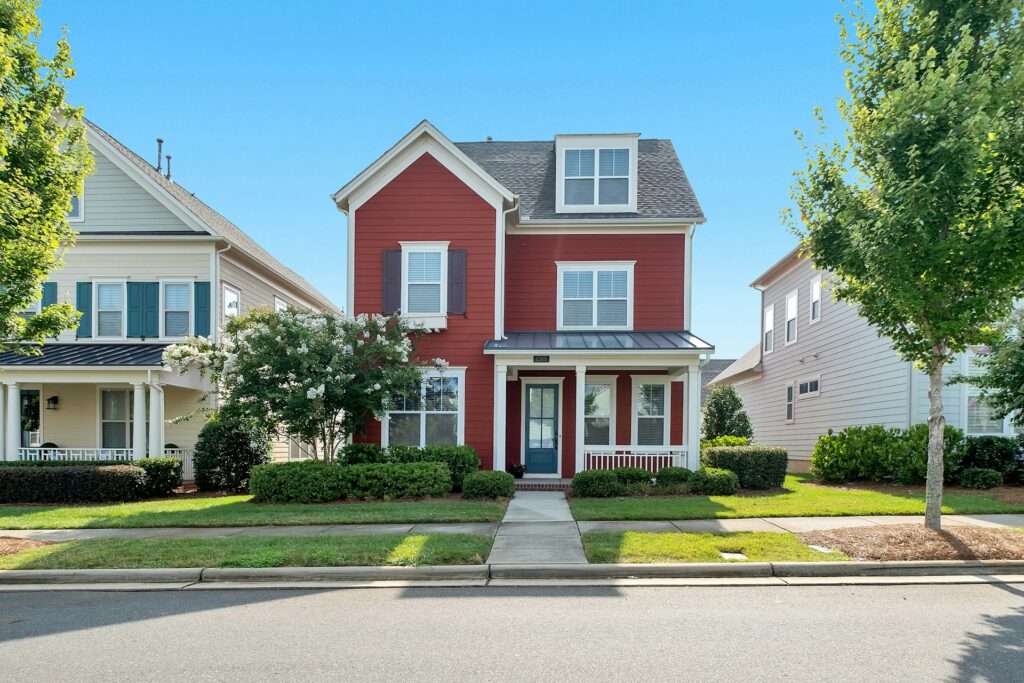
We are reader-supported. When you buy through links on our site, we may earn an affiliate commission.
If you are looking for a sustainable and functional living space, building a shipping container home may be a fantastic option. Unlike tiny homes that require several material types during construction, shipping containers provide a pre-constructed frame for your home, and are totally customizable.
Building a shipping container home requires some deep thought. First, you will want to research the types of shipping containers on the market, and where to locate one in your area. Then, you will need to figure out where to put it. Building regulations vary all across the country, so make sure you are able to live in a shipping container home before ordering one to your lot.
Constructing a shipping container home can be a relatively easy process. While the notion of designing a home from a rectangular metal box may seem like a daunting task, shipping container homes offer endless possibilities in floor plans and architectural styles. If you want to learn more about this sustainable and space efficient option, here are the ins and outs of building a shipping container home.
Choosing the Right Container
Shipping containers are often made of aluminum or steel, and are readily available in the United States. This is due to the fact that most shipping containers are manufactured in China and take a one-way trip across the Pacific.
Whether you are building a tiny home with one container or stacking multiple containers into a multi-room house, you will want to consider different sizes. Shipping containers tend to be either 20 feet by 8 feet or 40 feet by 8 feet. This equates to 160 to 320 square feet of living space.
You can buy brand new shipping containers, but used shipping containers are usually more budget-friendly. However, you will want to make sure you carefully inspect them before use. Some shipping containers carry specific certification regarding what they were carrying, and whether they were in use overseas. Some containers are used to transport dangerous chemicals.
You will also want to inspect the container for any potential leaks, holes or other damage that could affect the overall quality of your project. Certain manufacturing standards may include information on wall thickness, flooring types and ventilation.
A third option would be to work with a shipping container home company. There are companies across the United States that now specialize in building shipping container homes, and you can purchase a renovated container that is move-in ready.
Preparing Your Site
You will need to check local zoning regulations The shipping container home will need to comply with building codes, which can be tricky in some areas since shipping container homes are a relatively new technology.
Be sure to set aside a budget and contingency plan for site preparation. To install your shipping container on your new foundation you will most likely need serious construction equipment, including a large truck, trailer and crane. The last thing you want to do is purchase a shipping container and not have any way to transport it to your site. Make sure you carefully plan how you will get everything where it needs to be, and have a back-up plan in the event that anything goes wrong.
Unlike a mobile tiny home, shipping container homes usually require a concrete foundation, which means you will need to scope out a proper lot before obtaining your home.
Materials and Design
Find an experienced contractor who is aware of the unique needs of a shipping container home, including insulation types, windows, and how to install heating and cooling.
Because shipping containers are made of metal, most traditional insulation materials are difficult to install. Instead, consider using foam insulation on the inside and outside of the frame, which you can then cover with drywall, plaster, or a wall material of your choice.
If you are looking for design inspiration, check out some pre-constructed shipping container homes to get an idea of what amenities to include, materials to integrate and how to use your small space efficiently.
Many manufacturers spray their shipping containers with anti-corrosive paint before use, but this can come off during the construction process. Before you insulate or install any interior walls, make sure you treat the container for rust to prevent future issues.
It is possible to construct a shipping container home that adds additional elements to the original structure, like an attached patio, garage or greenhouse. Do your research on how to incorporate additional space, and whether or not you should insulate it.
If you decide to make significant changes to the original structure, keep in mind that too many modifications can compromise the structural integrity of the building.
Building a Shipping Container Home for Your Needs
Considering the number of used shipping containers laying around in junk yards, building a house out of these metal boxes is a wonderful reuse of materials. Shipping containers also allow for lots of creative flexibility, making it easy to design your home exactly how you want it.
If you are considering building a shipping container home, you will need to look into the types of shipping containers available. Selecting the right location and utilizing the best materials are just a few of the ways that you can successfully build your dream shipping container home.










